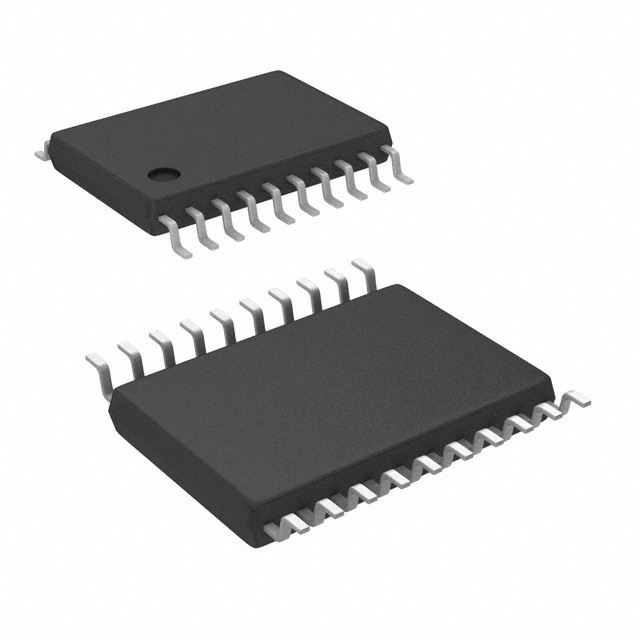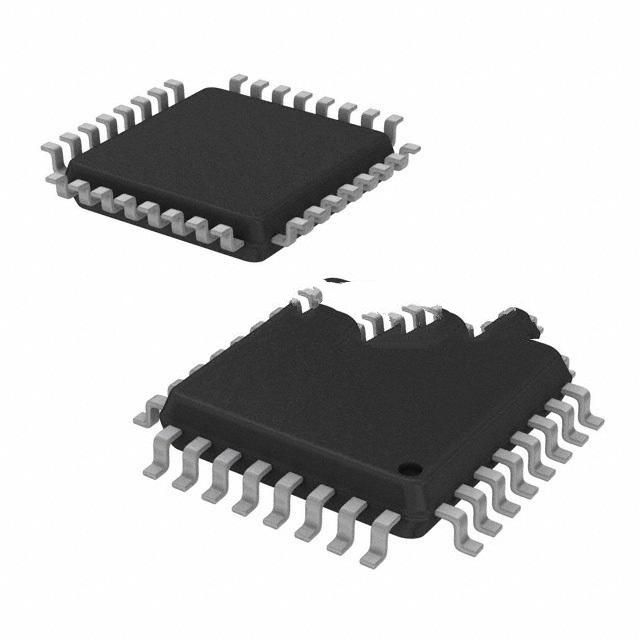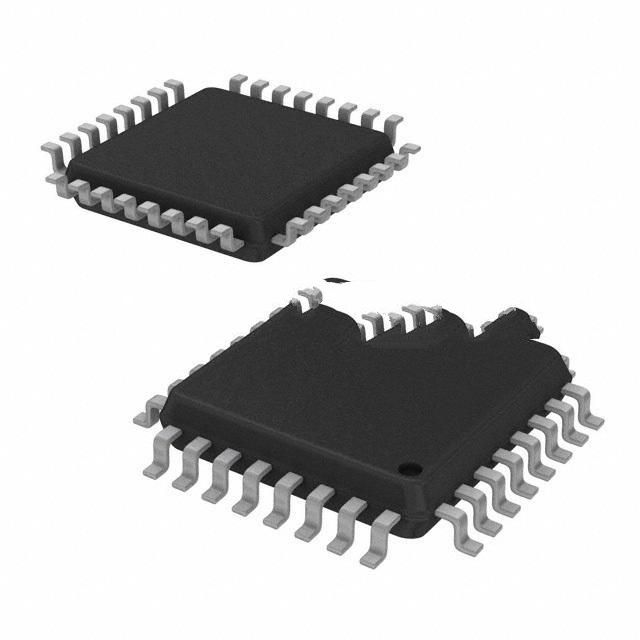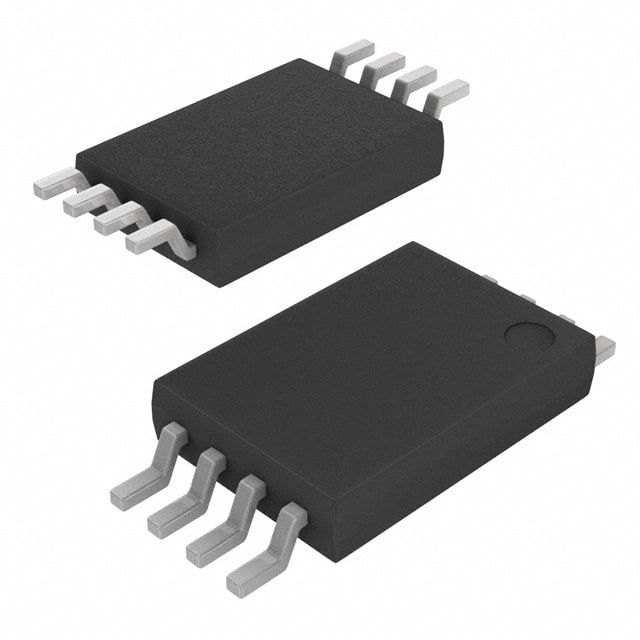Diodes Incorporated PI6LC48P0401LEX
- PI6LC48P0401LEX
- Diodes Incorporated
- CLOCK GENERATOR TSSOP-24
- Clock/Timing - Clock Generators, PLLs, Frequency Synthesizers
- PI6LC48P0401LEX Datasheet
- -
- Tray
-
 Lead free / RoHS Compliant
Lead free / RoHS Compliant - 1232
- Spot Inventory / Athorized Dstributor / Factory Excess Stock
- 1 year quality assurance 》
- Click to get rates
| Part Number PI6LC48P0401LEX |
| Category Clock/Timing - Clock Generators, PLLs, Frequency Synthesizers |
| Manufacturer Diodes Incorporated |
| Description CLOCK GENERATOR TSSOP-24 |
| Package Tray |
| Series - |
| Voltage - Supply - |
| Operating Temperature - |
| Mounting Type - |
| Package / Case - |
| Supplier Device Package - |
| Output - |
| Frequency - Max - |
| Number of Circuits - |
| Input - |
| PLL - |
| Main Purpose - |
| Ratio - Input:Output - |
| Differential - Input:Output - |
| Package_case - |
PI6LC48P0401LEX Guarantees



• Prompt Responsiveness
• Guaranteed Quality
• Global Access
• Competitive Market Price
• One-Stop support services of supply chain
Jinftry, Your most trustworthy component supplier, welcome to send us the inquiry, thank you!
Do you have any questions about PI6LC48P0401LEX ?
Feel free to contact us:
+86-755-82518276
+8615019224070, annies65, +8615118125813
568248857, 827259012, 316249462
+8615019224070, +8615118118839, +8615118125813
( Email first will be appreciative )
Customer reviews
Diodes Incorporated

Diodes Incorporated - Diodes Incorporated is a leading global manufacturer and supplier of high-quality application specific standard products within the broad discrete, logic, analog and mixed-signal semiconductor markets. In November 2015, Pericom Semiconductor became ...

PT7D6555JE-Z-G
CLOCK GENERATOR PLCC-44

PI6CX201ALE-2017
CLOCK GENERATOR PLCC-44

PI6CX201ALE-1304
CLOCK GENERATOR PLCC-44

PI6CXG06F62BFBEIE
CLOCK GENERATOR PLCC-44

PI6CXG06F62AFBEIE
CLOCK GENERATOR PLCC-44

PI6LC48P0401LE
CLOCK GENERATOR PLCC-44

PI6CXG06F62BFBEIEX
CLOCK GENERATOR PLCC-44

PI6C3991J
CLOCK GENERATOR PLCC-44





















